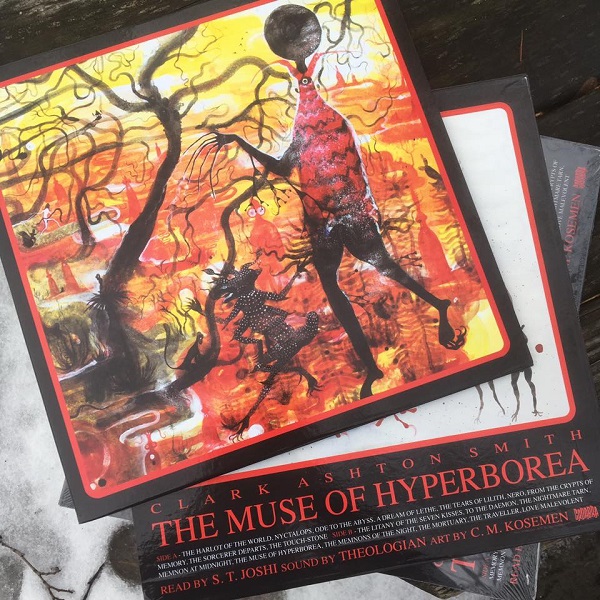Artist: Council of Nine
Album: Trinity
Release date: 11 July 2017
Label: Cryo Chamber
Tracklist:
01. 527
02. Memory
03. Bargaining
04. January 3rd
05. I No Longer Hear You
06. Silent Dawn
07. Trinity
“This is my catharsis. The many stages of grief and the acceptance of loss, deeply personal, unforgiving, cold and painful. This is the story of the greatest loss I have suffered, the death of my mother. This marks the end of a chapter and the closure I was desperately seeking.”
Council of Nine first appeared on the dark ambient scene with Tomb of Empires, the collaborative compilation between four artists using the theme of fallen civilizations as the basis. Since then he has released three full-length albums on Cryo Chamber as well as a follow-up collaboration in Tomb of Seers, and we also cannot forget about the massive Locus Arcadia album, which was the first time that Simon Heath allowed his Sabled Sun cycle to expand outside of his own work and into the hands of his label-mates.
On each of these releases Council of Nine has shown us his adaptability, attention to subtlety and his evolution as an artist. Trinity will follow most closely to Diagnosis, his last full length album. Diagnosis seemed, as its name would imply, to be the realization that there was a problem with his mother’s health. It was a look inside his mind as this news had its chance to sink in, and the artist had a chance to unload some of his emotional baggage into his music. Trinity moves forward in that narrative to the final period of her life. As the man behind Council of Nine attempts to cope with what is likely the greatest emotional roller coaster of his existence, the physical world moves forward, and the earlier diagnosis manifests itself in the physical form, bringing a demise to one life and a brush with the edges of sanity to the other.
So we can see that the narrative of this album is probably one of the most fitting imaginable for the inspiration of a dark ambient album. It is also quite unusual in terms of the common narratives covered in this genre. So often artists prefer to tell an abstract story, something of horror or science fiction or the occult. Actually diving into such a personal landscape of events must be a heart-wrenching experience for the artist, and thus it is often pushed aside in favor of more palatable and superficial topics.
The “darkness” in Trinity is overwhelming. It is crushing in its execution. On “January 3rd” we are confronted by actual recordings of his mother’s voice. She is literally present within the album. This must make the listening experience for the artist all the more emotional. While there is a hopeful beauty to some of the songs by Council of Nine, particularly those on Tomb of Seers, we hear none of that side of the artist manifest itself on Trinity. Council of Nine downplays the crushing bass drones on this one. He allows the lighter elements of his sound to come to the forefront, without actually allowing the mood of the tracks to be uplifting. These kinds of things allow the overwhelmingly somber subject matter of the album to expose itself fully without becoming overbearing on the listener.
The subtlety and nuance on Trinity is only possible for an artist that has been fine-tuning his craft nonstop over the last few years. Council of Nine has had little downtime since his first appearance on Tomb of Empires. He has become a master at pulling the emotions of the listener in any direction he chooses, all the while delivering top-notch musical output.
Trinity is obviously the last part of a three album sequence. It is a closure to everything that Council of Nine has done within his three solo releases. This leaves a big question mark for listeners as to what will come next. Trinity being the most personal of these three releases it seems quite possible that we will now move into some territory that is much less connected to the artist’s personal life and more aligned with his external interests. Trinity can be seen as the closure to his period as a new artist. What comes next will come from a musician that has honed their skills for several years, and is prepared to deliver their craft with a purpose and mastery that can only come from a veteran artist. For now we have plenty of great Council of Nine music to keep us entertained, and we can patiently wait to see where this artist will direct his attention next.
Written by: Michael Barnett
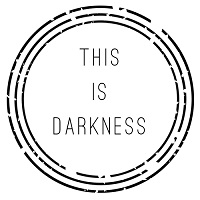
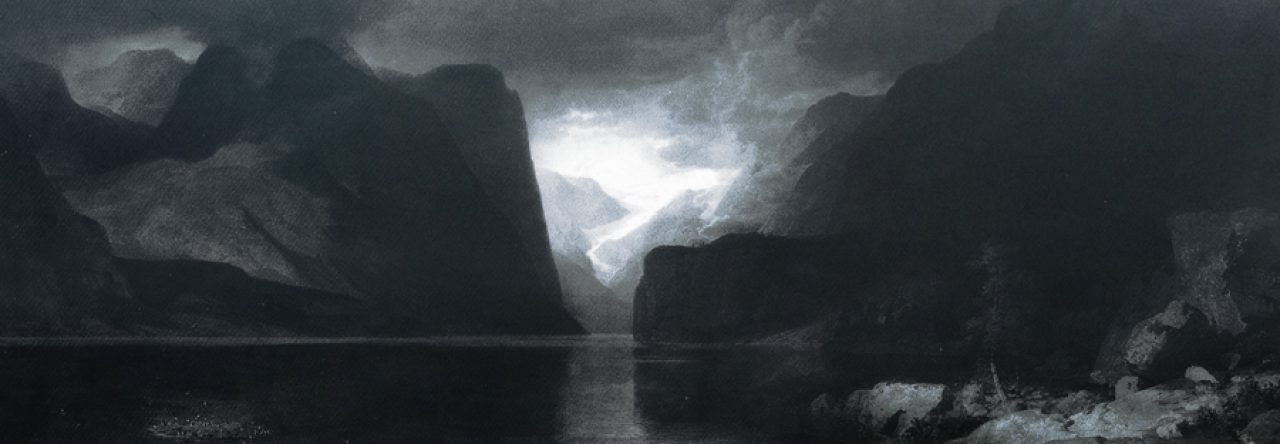
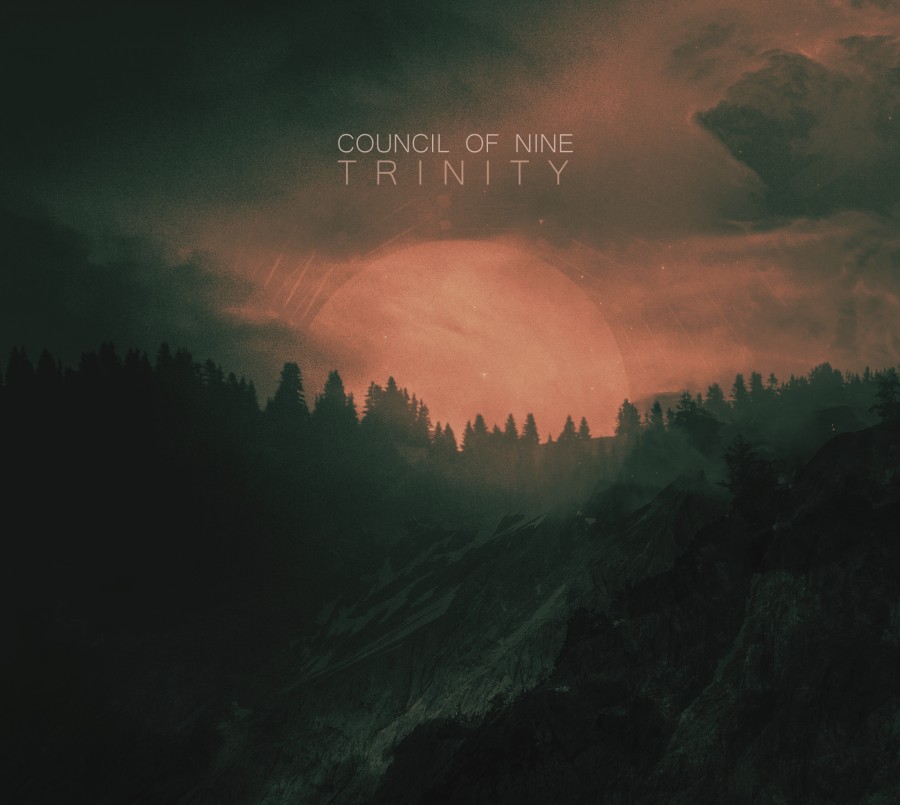
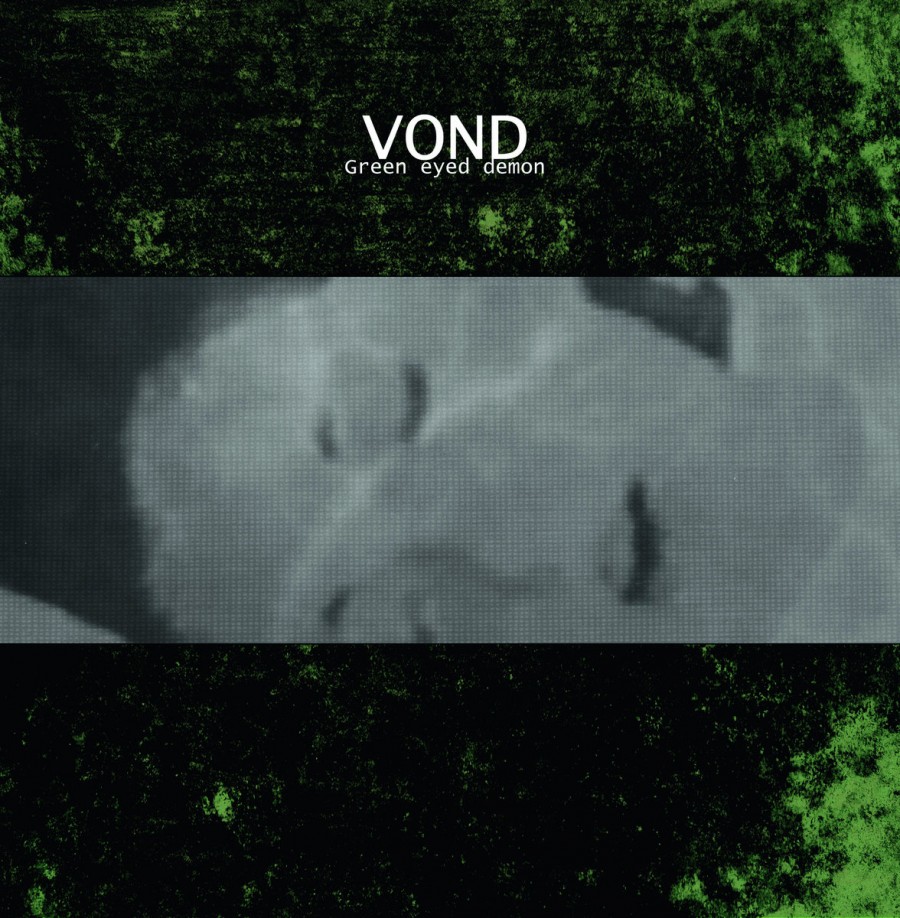
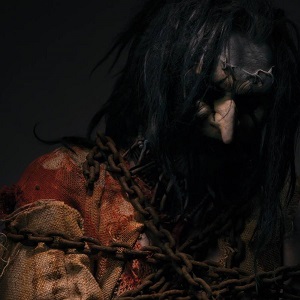 and layering of cinematic samples. Throughout the album, Vond sets the foundation for each track with a blend of dense industrial soundscapes and noises. This is industrial in the literal sense of the word, not the genre. We can hear machinery humming, the crashing and hammering of metal, steam releasing through valves. On top of this foundation Vond pieces together a plethora of samples of various cinematics.
and layering of cinematic samples. Throughout the album, Vond sets the foundation for each track with a blend of dense industrial soundscapes and noises. This is industrial in the literal sense of the word, not the genre. We can hear machinery humming, the crashing and hammering of metal, steam releasing through valves. On top of this foundation Vond pieces together a plethora of samples of various cinematics.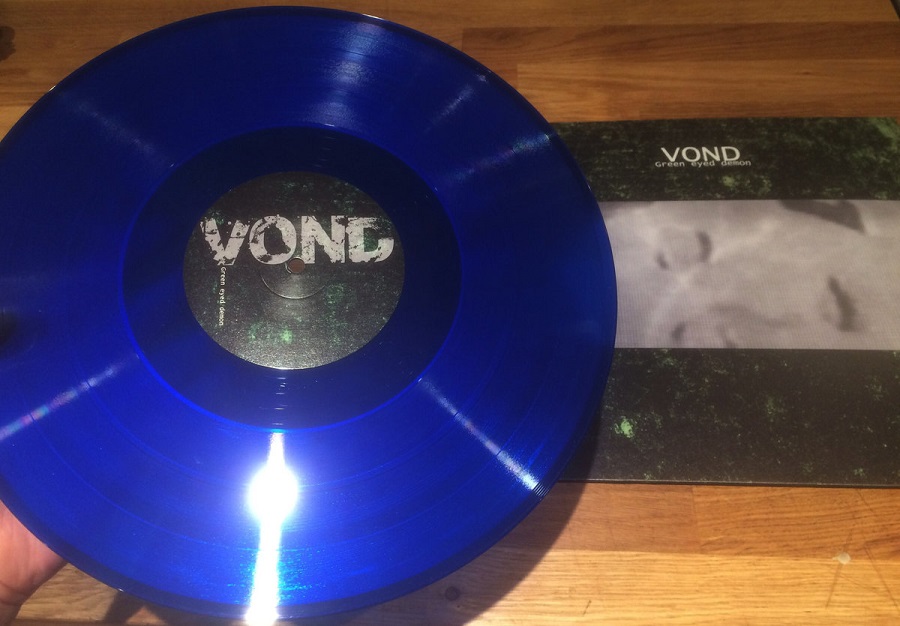
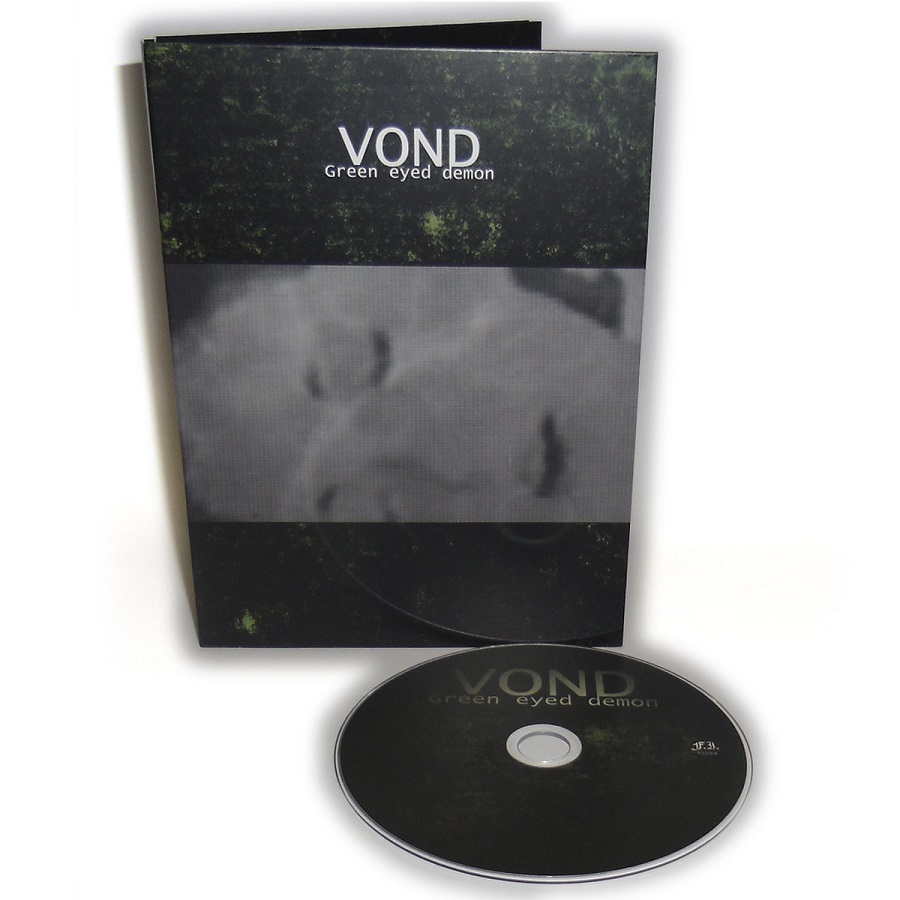
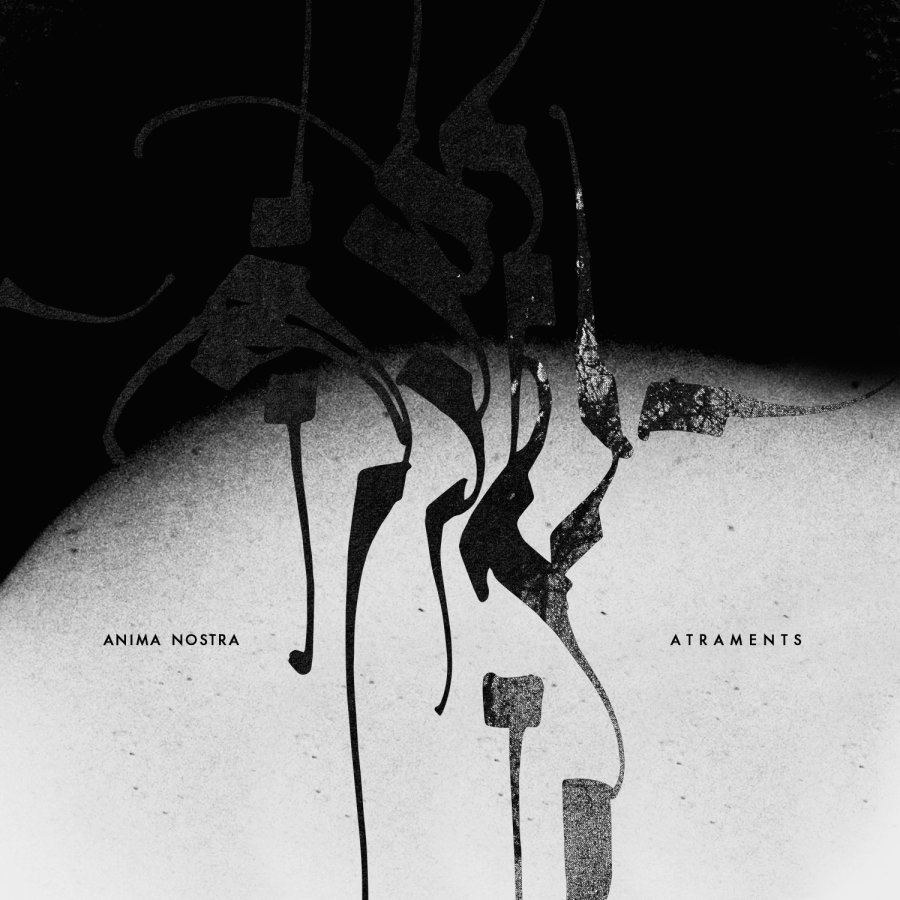
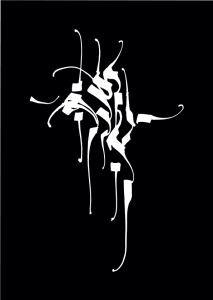 Tracklist:
Tracklist: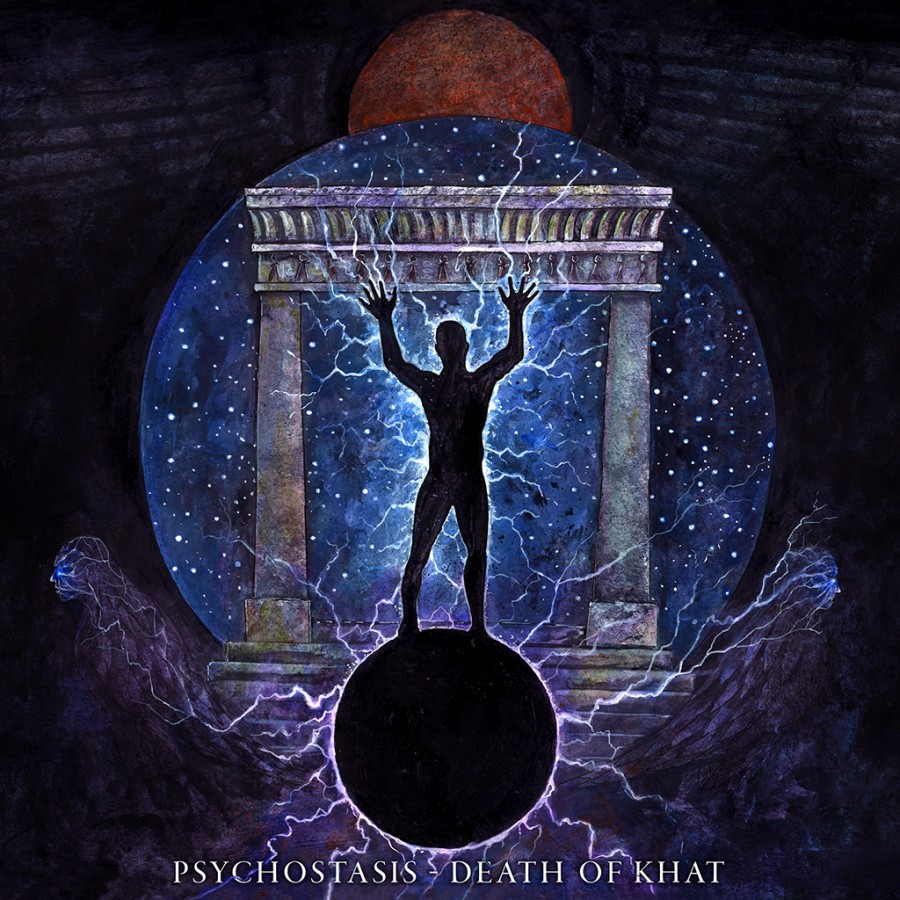
 Memphitic Invocations showed a side of ritual dark ambient music a bit different from the style of many artists under that banner. Where many artists seek to use elaborate droning textures to invoke a ritualistic atmosphere and alter the thought processes of the listener, Shibalba took a more literal approach to the art form. Using ritualistic drums and vocal incantations Shibalba delivered what amounted to an actual ritual in real-time.
Memphitic Invocations showed a side of ritual dark ambient music a bit different from the style of many artists under that banner. Where many artists seek to use elaborate droning textures to invoke a ritualistic atmosphere and alter the thought processes of the listener, Shibalba took a more literal approach to the art form. Using ritualistic drums and vocal incantations Shibalba delivered what amounted to an actual ritual in real-time. Samsara showed an evolution in the sounds of Shibalba. Yet, the album did not break the mold of Memphitic Invocations. It was more a honing of their talents, a condensing of what worked for them. This made Samsara yet another success for the group. Not long after that release, they were already pushing a vinyl version, a format which Shibalba seems to favor.
Samsara showed an evolution in the sounds of Shibalba. Yet, the album did not break the mold of Memphitic Invocations. It was more a honing of their talents, a condensing of what worked for them. This made Samsara yet another success for the group. Not long after that release, they were already pushing a vinyl version, a format which Shibalba seems to favor. Acherontas V. Priest uses spoken word as well as ritual chanting much more frequently than in the past. Ritual drums become more prominent. In general, the tracks take on more of a traditional song structure. However, when I said before that the dark ambient elements seemed to be completely shed, that (thankfully for me) proves to not be the case. We need look no further than the second track on the album to hear these dark ambient elements come back into play. “Ihag Mthong”, much like many tracks on Samsara, has that hollow rushing windy atmosphere, which makes the listener imagine Shibalba performing their rites in some deep cavern of a dormant volcanic mountain. The chimes ring out reverberating off the walls, the deep bassy ritual drums echo and rumble the floors. It all seems to be building up toward a climax which won’t be reached until the following track “Kaoshiiki Mahayana” kicks in.
Acherontas V. Priest uses spoken word as well as ritual chanting much more frequently than in the past. Ritual drums become more prominent. In general, the tracks take on more of a traditional song structure. However, when I said before that the dark ambient elements seemed to be completely shed, that (thankfully for me) proves to not be the case. We need look no further than the second track on the album to hear these dark ambient elements come back into play. “Ihag Mthong”, much like many tracks on Samsara, has that hollow rushing windy atmosphere, which makes the listener imagine Shibalba performing their rites in some deep cavern of a dormant volcanic mountain. The chimes ring out reverberating off the walls, the deep bassy ritual drums echo and rumble the floors. It all seems to be building up toward a climax which won’t be reached until the following track “Kaoshiiki Mahayana” kicks in.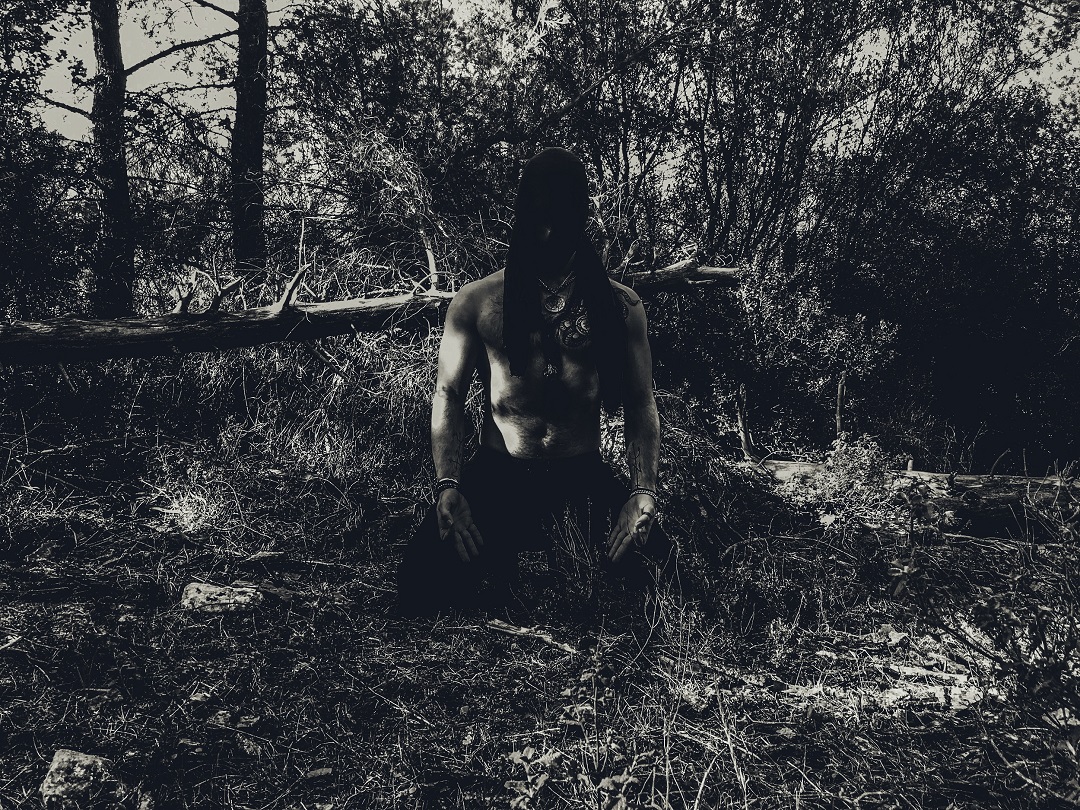 On a track like “Aether Ananda Aiwss” we again get that vibe that was present on the opener. This track feels quite musical in comparison to much of Shibalba‘s work. There is a pronounced drum beat, guitars and bass that have an eastern religious feel. Yet, just as these melodies and beats start to sink in many of these elements evaporate. As Acherontas V. Priest makes another invocation the atmosphere begins to warp and swirl again as he makes contact with the gods.
On a track like “Aether Ananda Aiwss” we again get that vibe that was present on the opener. This track feels quite musical in comparison to much of Shibalba‘s work. There is a pronounced drum beat, guitars and bass that have an eastern religious feel. Yet, just as these melodies and beats start to sink in many of these elements evaporate. As Acherontas V. Priest makes another invocation the atmosphere begins to warp and swirl again as he makes contact with the gods.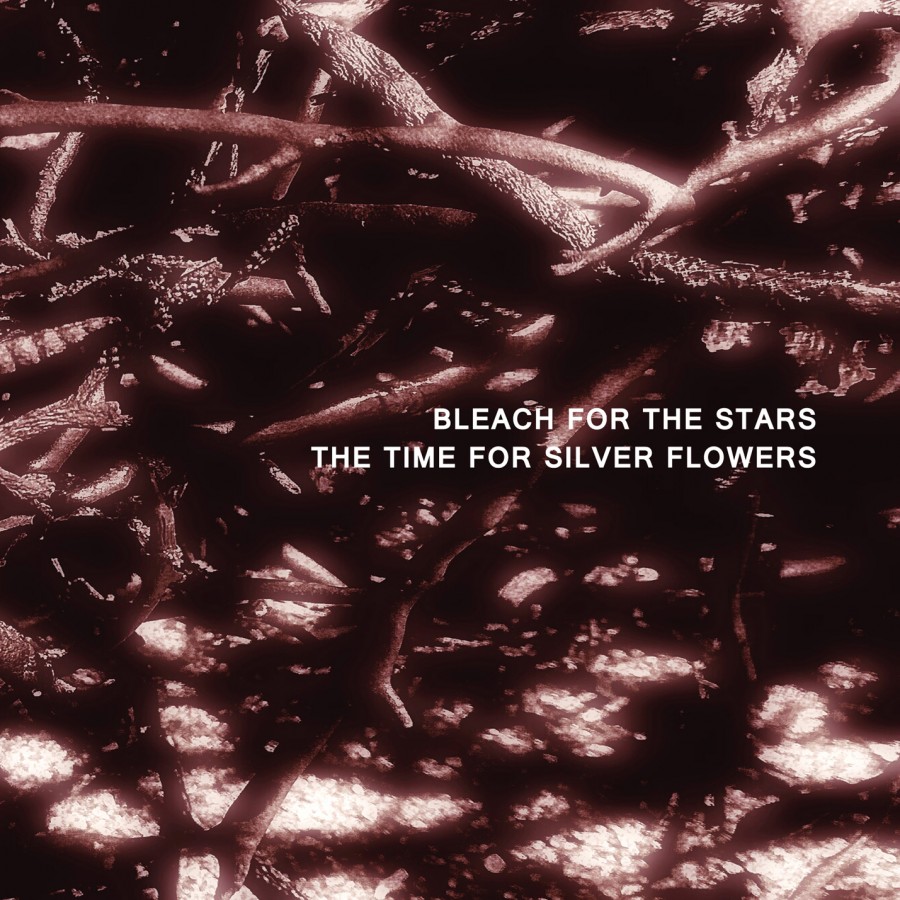
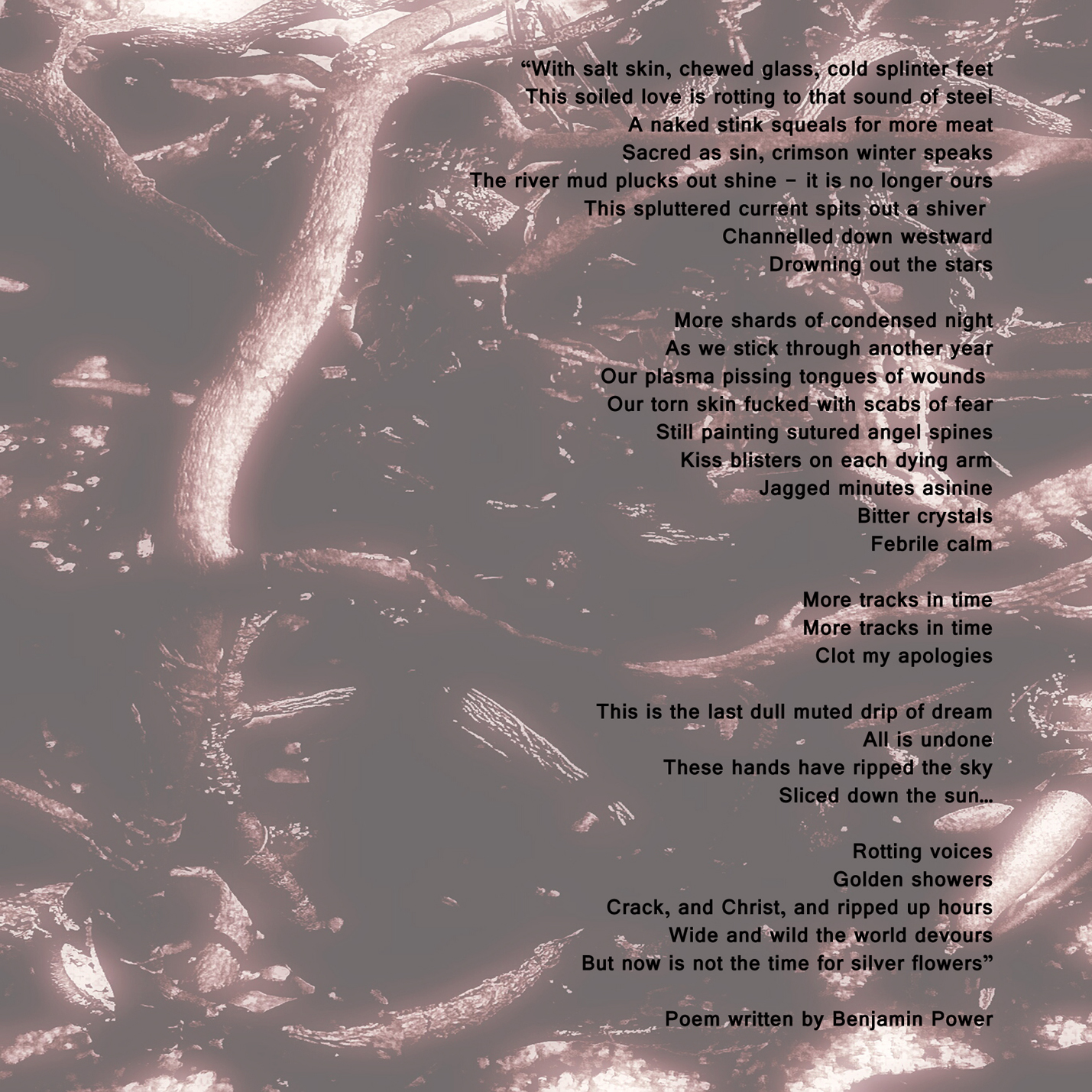
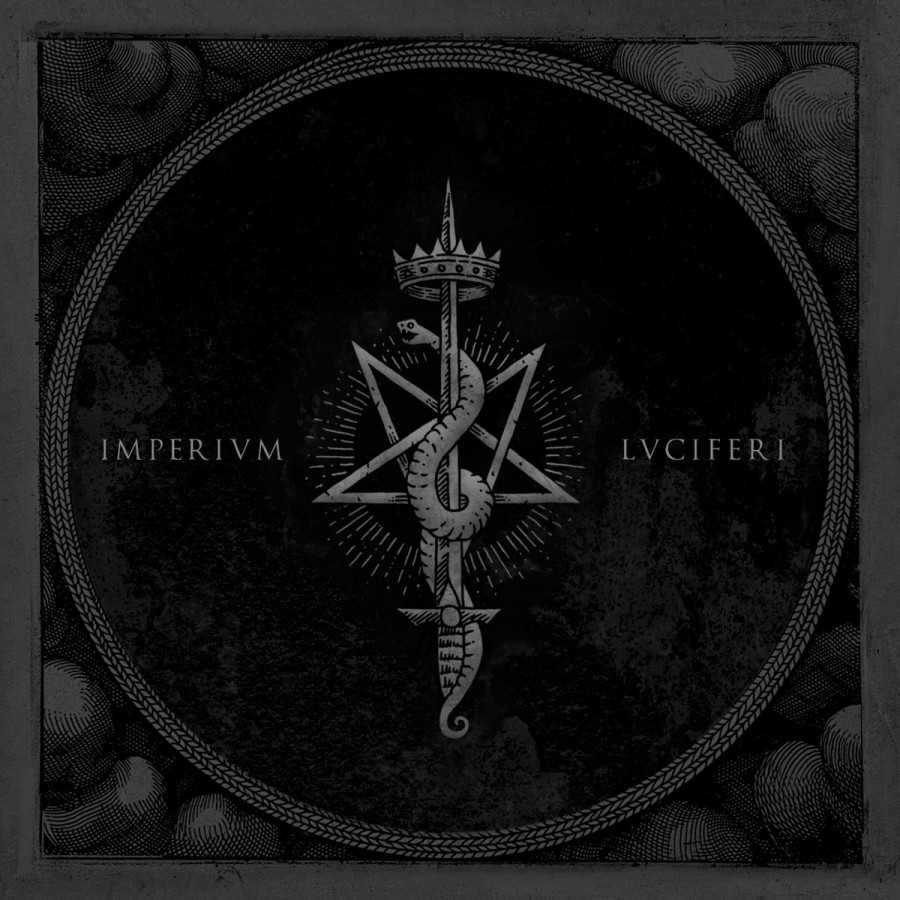
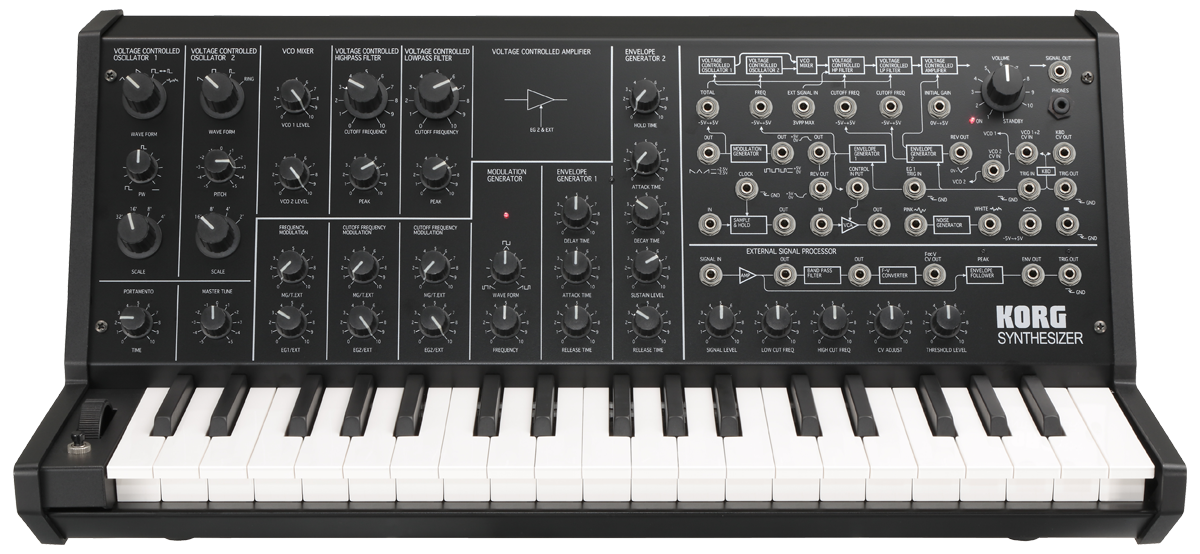
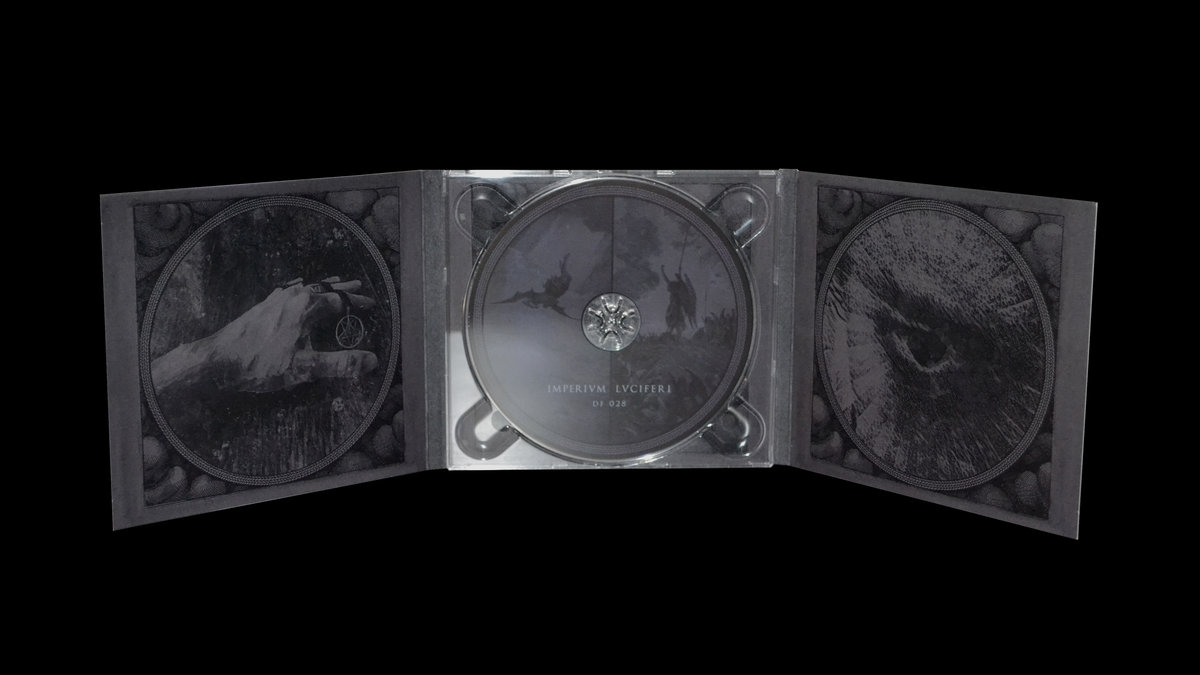
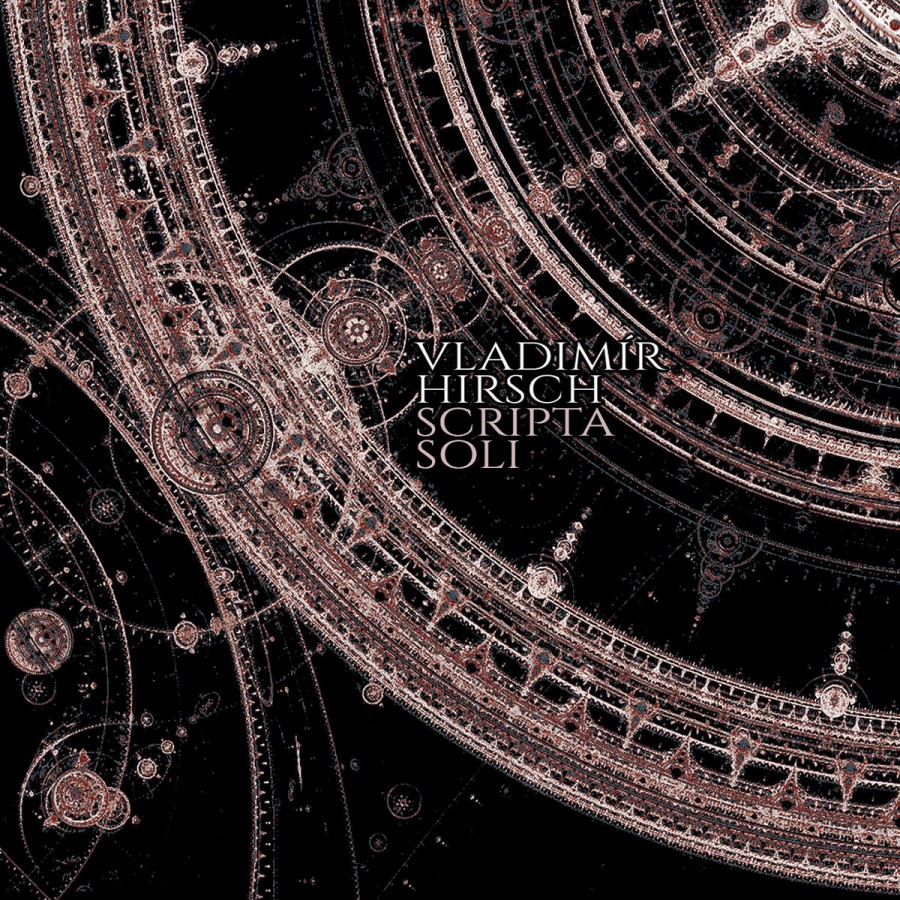
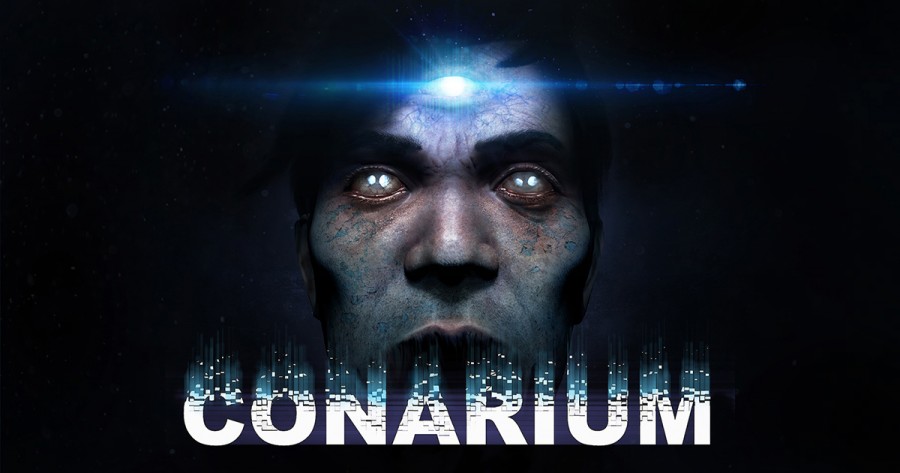
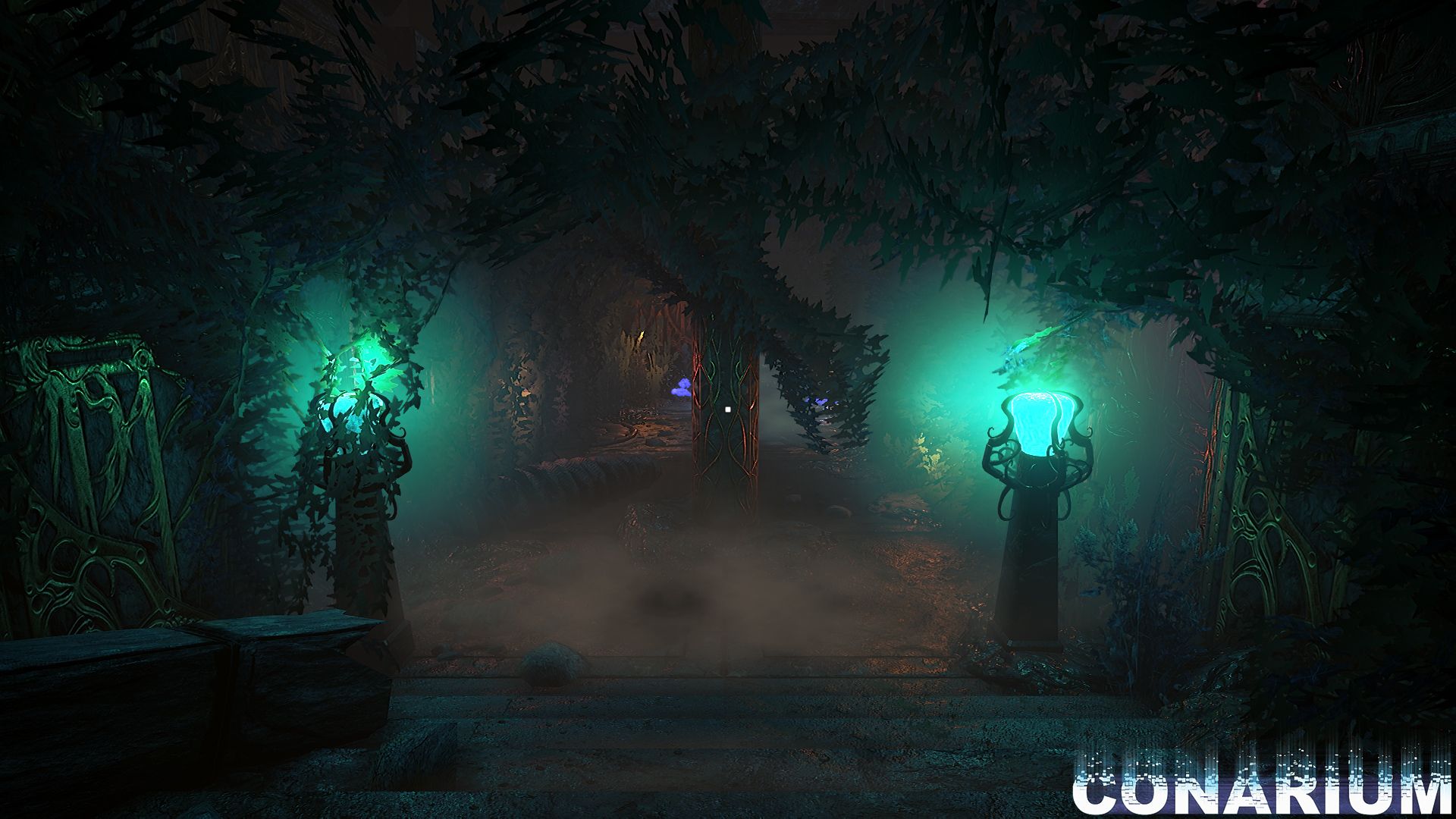
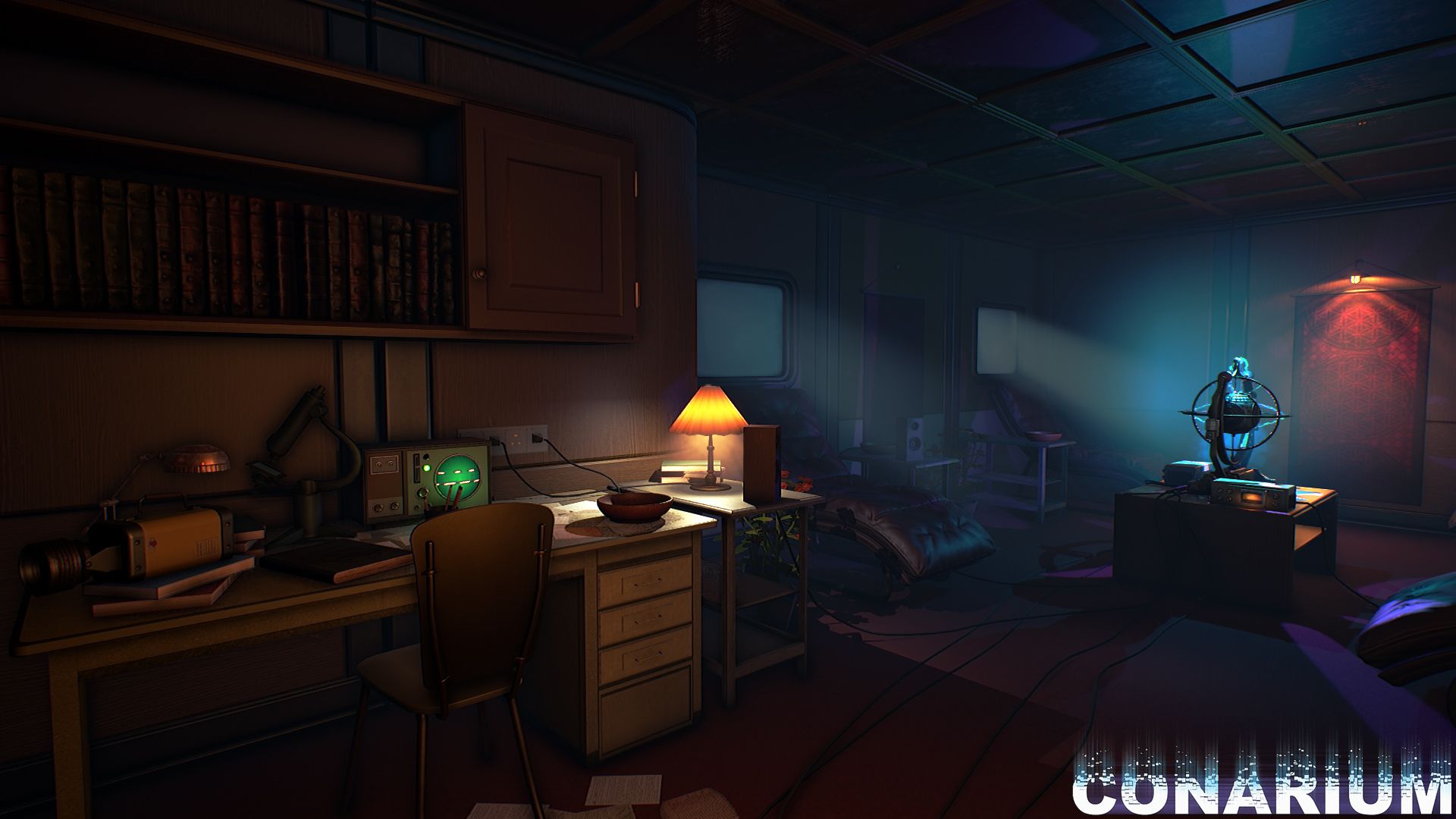
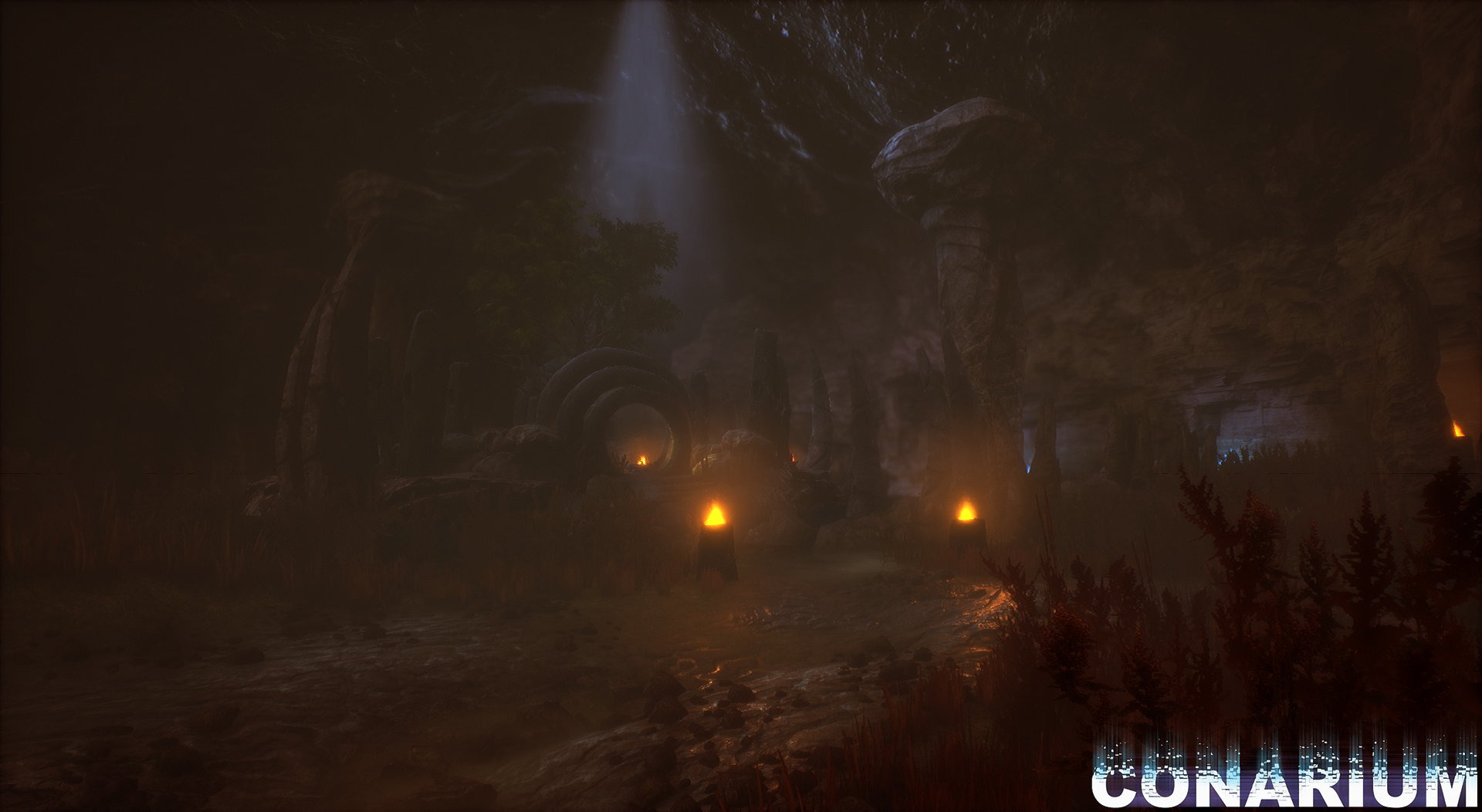

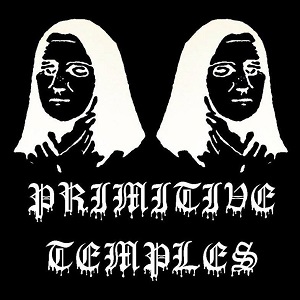 Encounters has been around since 2013 when they released their debut, Houses, through
Encounters has been around since 2013 when they released their debut, Houses, through 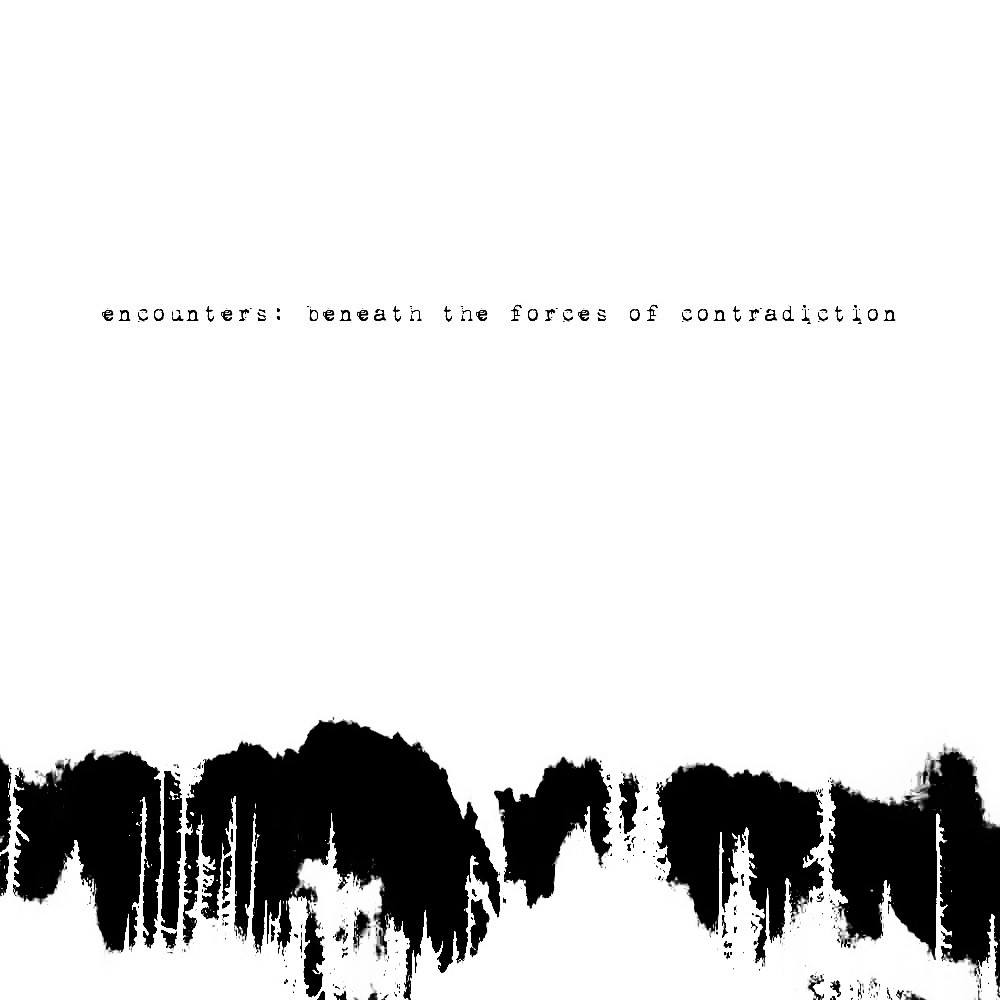
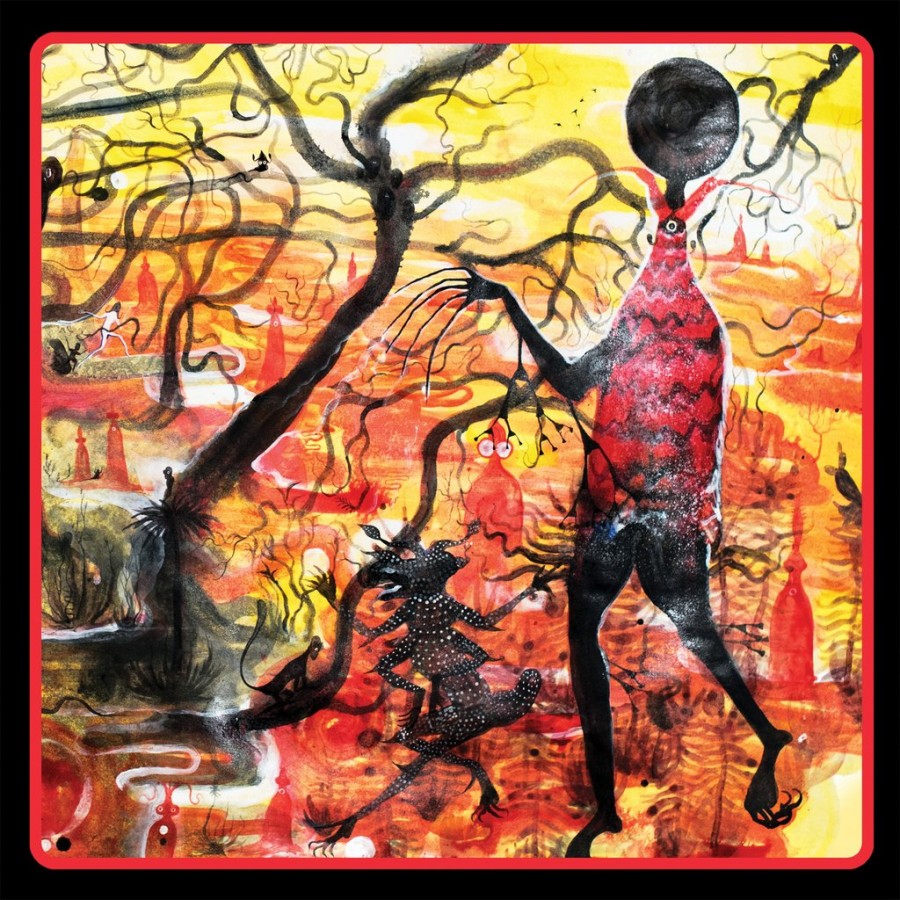
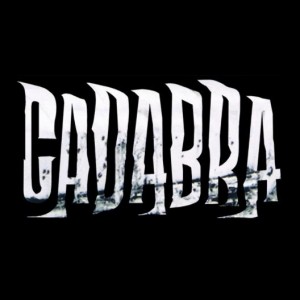 Cadabra Records
Cadabra Records